Iboga ( Ibugaine Capsules
$100.00 – $350.00
People use iboga for withdrawal from heroin, morphine, and other opioids, as well as for fever, addictions, and many other conditions. Iboga contains chemicals that can cause brain stimulation. The root bark of the plant contains a chemical called ibogaine
Clinical Overview
Use
Studies suggest that ibogaine, one of the iboga alkaloids, has potential application in the treatment of addiction to several substances. The US Drug Enforcement Agency (DEA) has designated ibogaine a Schedule I substance under the Controlled Substances Act (CSA).
Dosing
Strict medical supervision is necessary with use. Single oral doses of ibogaine ranging from 500 to 1,000 mg have been used in clinical trials for the treatment of opioid addiction.
Adverse Reactions
Mild acute effects occur frequently and include nausea, vomiting, ataxia, tremors, headaches, and mental confusion.
History
Iboga has been used ritually as a hallucinogen. West African cultures use the root of iboga in initiation rites (ie, to cause a near-death experience as a catalyst for spiritual discovery) and as an aphrodisiac and stimulant; the growing use of iboga has been said to be an important force against the spread of Christianity and Islam in its native growing regions.
Uses and Pharmacology
The pharmacology of ibogaine is complex, with multiple possible actions reflected by its ability to treat diverse addictionsT. he effects of ibogaine may be dose dependent. Low ibogaine doses appear to act on the cerebella to stimulate the sympathetic nervous system, as well as increase muscle strength and endurance. Higher doses lead to vagal dominance (ie, a “feigned death”) and induce psychedelic effects; users report a state of dreaming without loss of consciousness.La rge doses also induce hallucinations, and iboga has been used ritually as a hallucinogen; it has been suggested that ibogaine’s hallucinogenic properties allegedly contribute to its efficacy in treating dependence disorders.
| QUANTITY | 50 capsules, 100 capsules, 200 capsules |
|---|
Be the first to review “Iboga ( Ibugaine Capsules” Cancel reply
Related products
Meditaton
MDMA
Antidepressant
Magic Mushrooms
Magic Mushrooms

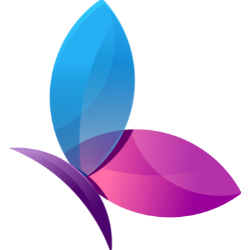
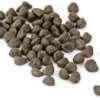
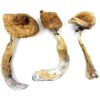
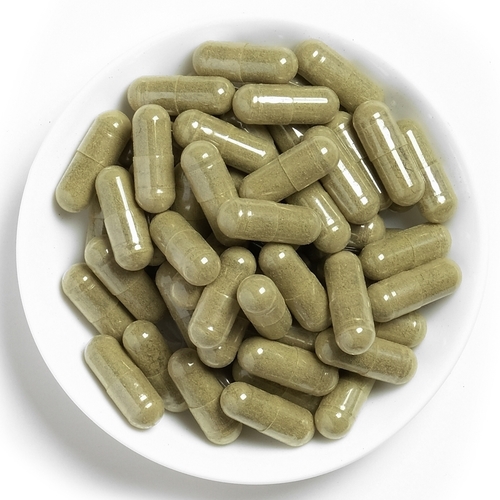
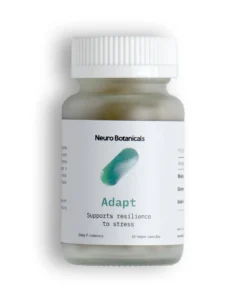

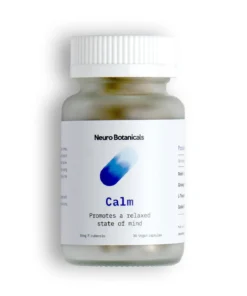
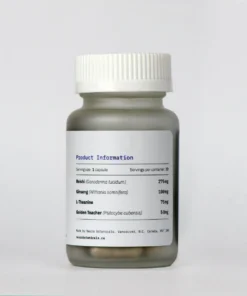


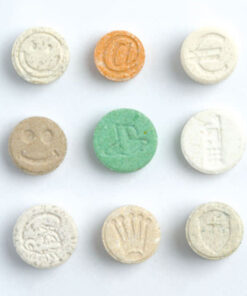
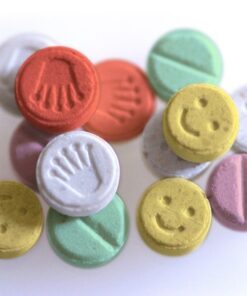
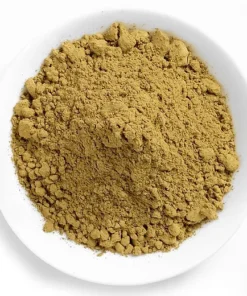

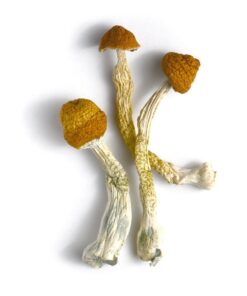
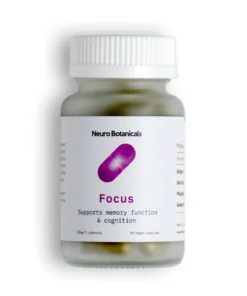
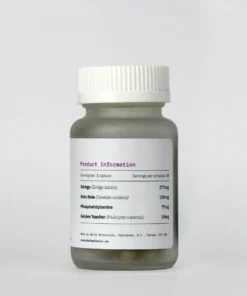

Reviews
There are no reviews yet.